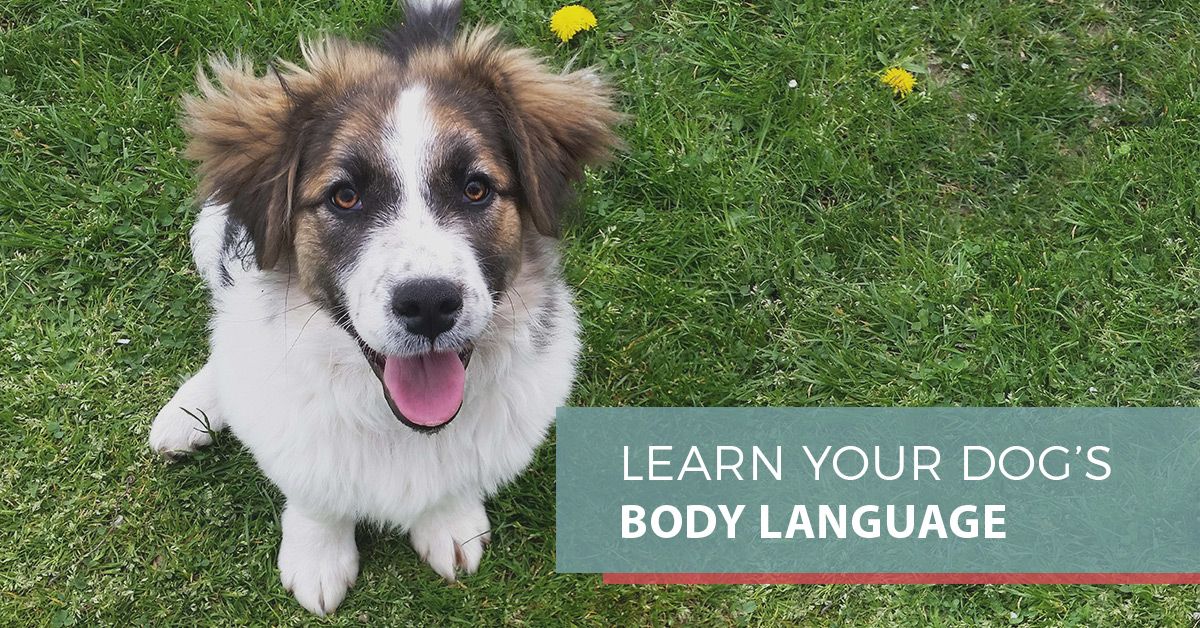Puppies are undeniably cute, but they are also undeniably messy and can get into a lot of trouble. Puppy training is an essential part of starting the relationship out right. It can seem like a hopeless task of trying to get your new puppy friend to keep his or her food in their bowl, let alone letting you know when they need to make a trip outside. If you need help with puppy training, obedience, or rehabilitation, S. Miley Dog Training will be your great resource for all things dog training related. Trust your new puppy to an experienced and loving dog trainer.
Table Manners
Having consistency both at the human table and your dog’s dinner bowl will help them to learn the rules of the house. When you have a demanding puppy at your dinner table, be sure to not respond to his commands. Be sure to not give treats at the table so a behavior of begging won’t be reinforced.
You also want your new puppy to behave themselves while eating from their own bowl, too. If there are young children in the house that could interrupt the dog’s eating, pretend to bump into your dog while they are eating and give a treat if they simply look and then return to their bowl.
Learn All About Our Puppy Training Program!
Learning Your Puppy’s Body Language
Getting to know your new puppy is about learning his or her body language, which is how dogs communicate with each other. Dogs use a variety of ways to talk to each other, including using their eyes, mouth, ears, and tail.
Aggression or Submission
When a dog wants to show that they are brave, they will make themselves look taller by standing up straight and maybe sticking their ears upright. Another possible sign of aggression is growling and maybe waving his tail slowly. Submissive dogs will try to make themselves small and puppy-like. Your puppy might wag their tail low and try to lick the dominant dog or human. A dog rolling on their back is also a sign of submission or of being comfortable.
The Tail
You can learn a lot by watching your new puppy’s tail. When a tail is held high, it can show alertness or interest. A tail wagging slowly and stiffly can be a sign of anger. Most people are aware that a dog’s tail between his or her legs will mean that they are afraid. An anxious dog will wag their tail low and stiffly. When learning more about your puppy’s personality, look at the level of their tail as well as the speed of the wag.
Barking and Whining
Barking is a natural behavior for dogs, even though it is unwelcome by humans the majority of the time. The important thing is to be consistent. Letting your dog bark a couple of times and then say “stop barking” and present a treat. As the dog training progresses, increase the time between when you say the command and when you present a treat.
Whining will continue to get worse if you pay attention to your puppy when he does whine. Only give your dog attention or praise when they stop whining.
There are many different aspects to dog training, including potty training, leash training, and obedience training. Start off on the right paw with a dog trainer who is passionate about dogs and wants your new puppy to succeed. If you’re looking for puppy training classes or dog obedience classes, contact your local dog trainer today at S. Miley Dog Training.

